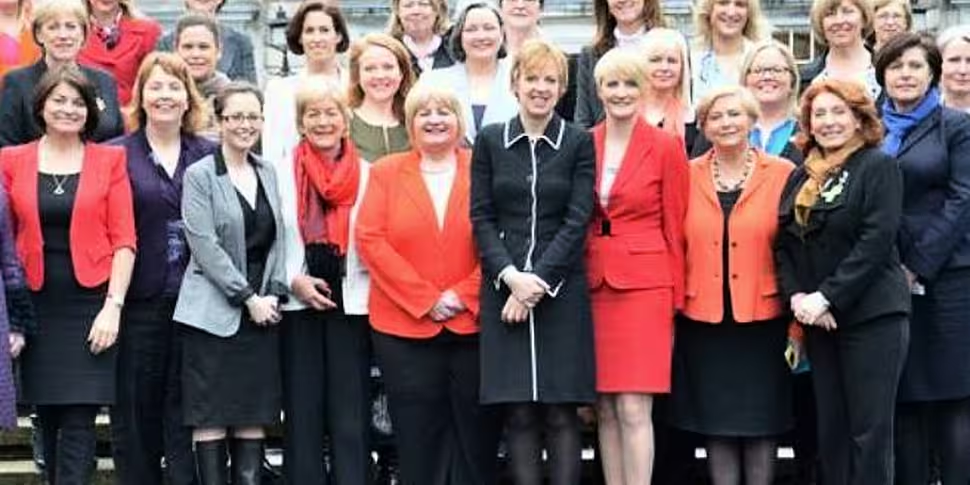In the long lead into the upcoming General Election the issue that has generated a lot of debate is gender quotas.
As a result of the appalling record that this State has in electing women to the Dail, just 95 since 1918, legislation was introduced to ensure that all registered parties would select a minimum of 30% female candidates to contest the General Election. Failure to do so would result in severe reduction of State funding to those who failed to comply.
Advertisement
How do we fare at the moment?
There are currently 27 women members of the Dail (16.3%), which is the highest number in history but it leaves Ireland ranked an incredible lowly 113th in the nations of the world. We are ranked alongside North Korea and below other bastions of democracy such as Saudi Arabia, UAE, Afghanistan and China.

Of the ten most dangerous countries in the world for women five, Afghanistan, Pakistan, Colombia, Kenya and Mexico, have a better record in electing women than Ireland.
How did it work out?
The process to meet the quota was not without stress particularly for Fianna Fail and Fine Gael. While there was always going to be difficult for Fine Gael as they are defending 76 seats, albeit there have been defections and a by-election loss.
However, there is certainly an argument that eight women have been selected by directive or added to the ticket to ensure the quota was met. It has caused difficulties for some sitting male TD’s who fear that the vote will be split and the retention of seats put at risk.
Fianna Fail should not have had a difficulty as there were no outgoing TD’s in 20 of the 40 constituencies. However, it was clear from a number of conventions, that left to their own devices the quota would not be met. Consequently, FF HQ insisted that in certain instances either only a woman would be selected e.g. (Dublin Central and Dublin South-Central) which in one instance has led to a court challenge or women would be added to an existing ticket.
The most high-profile incident was in Longford-Westmeath where the Longford part of constituency were instructed to select Connie Geraty-Quinn which led to a mass meeting of the members of the various Longford cumann and the threat to run an independent Fianna Fail candidate. Geraty-Quinn is still on the ticket and whether the protest will continue is unclear but there is the possibility that the split in the local camp will rule out any possibility of the party mounting a realistic challenge for a second seat.
How many women are nominated and how many will be elected?
Against this background, the number of women nominated as of today is 142 which represents 30.5% of all candidates. This figure is already 56 more than the number who contested the 2011 election and this will undoubtedly increase by the time nominations close.
In 2011 women won 15% of the seats with 15% of the candidates and the expectation is that with 30% plus this time, the number elected will increase dramatically.
Because there are so many incumbents running again, together with a reduction of 8 seats, means the likelihood of a return of 30% success rate for women is not high as it would require them to win 47 seats.
I believe that it is more likely that something in the order of 35-40 is a more reasonable expectation.
All of the parties who have TD’s in the current Dail have reached the quota with the exception of Renua who stand at 22% but it is expected that they will reach the 30% target by the close of nominations.
The current position is
- Social Democrats 42.9%
- AAA-PBPA 41.9%
- Labour Party 36.1%
- Sinn Fein 36.0%
- Fianna Fail 30.4%
- Fine Gael 30.2%
- Renua 22.2%
How realistic is it?
The reality always was that such a dramatic initiative was going to have teething difficulties and after the election there will be claims and counterclaims that it has cost seats. That may well be true but for many it is a price worth paying to ensure that women get closer to equality in our National Parliament.
Images via Womenforelection.ie









